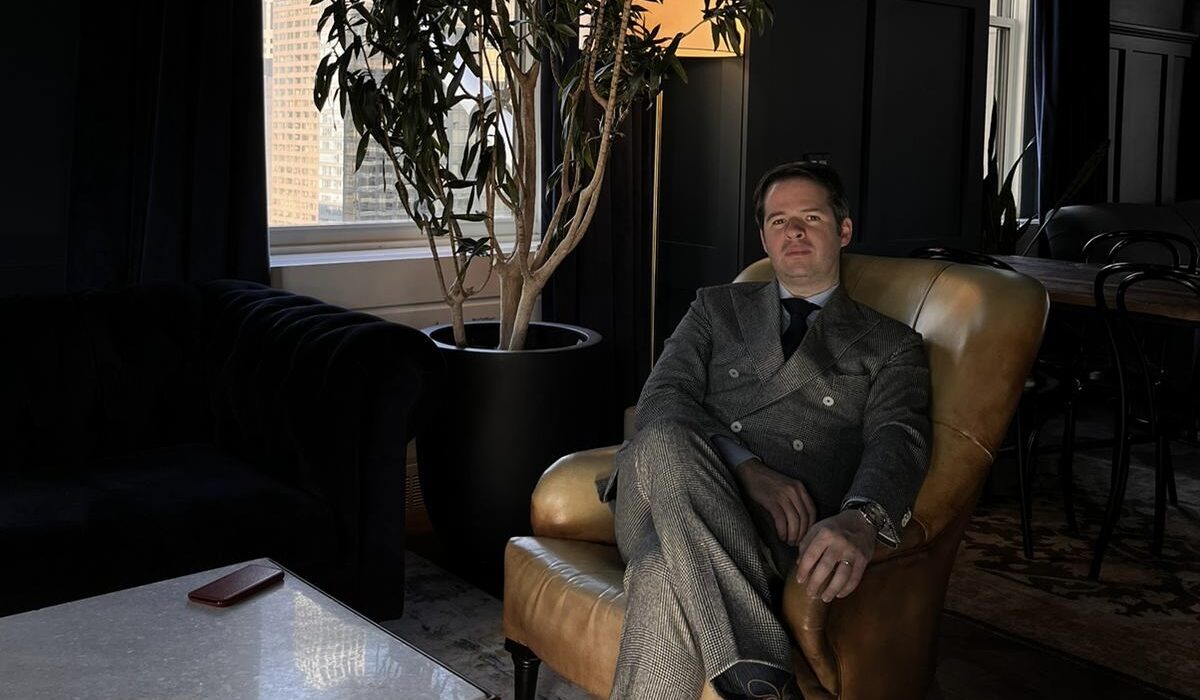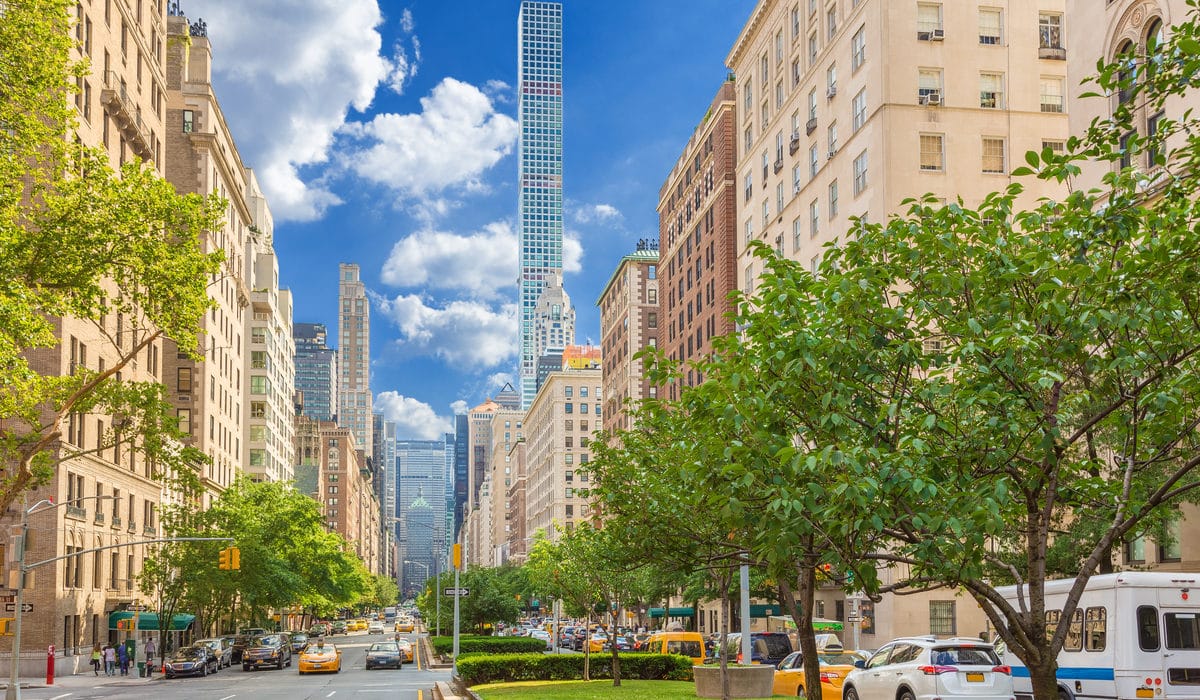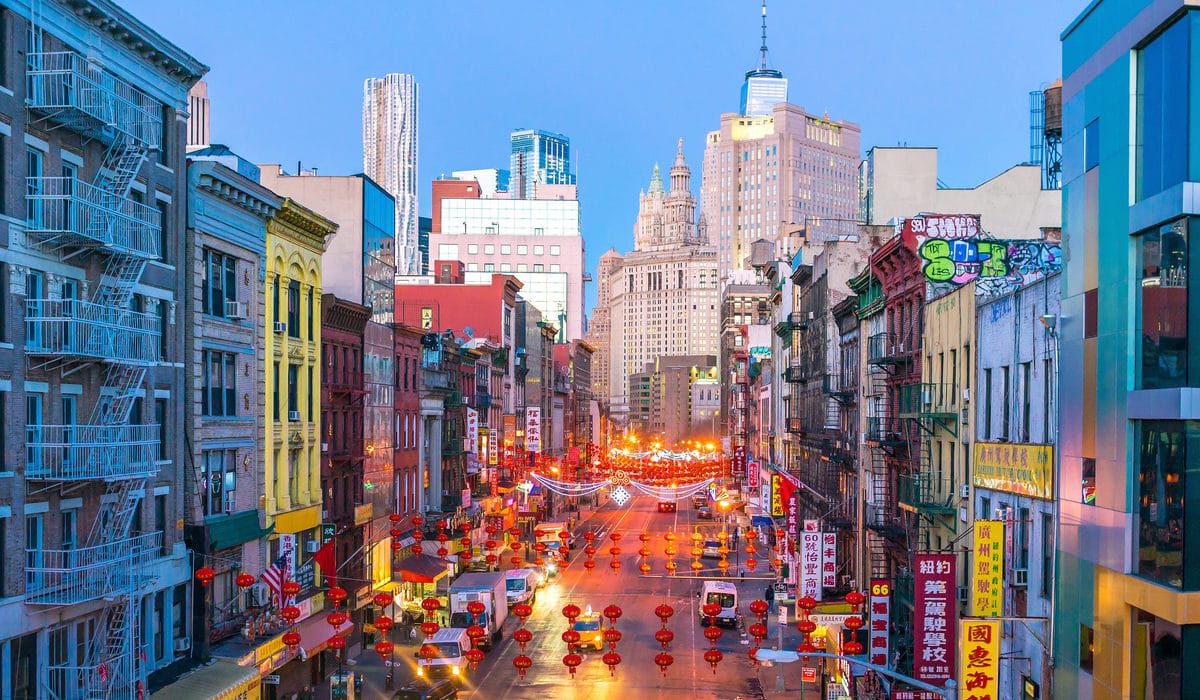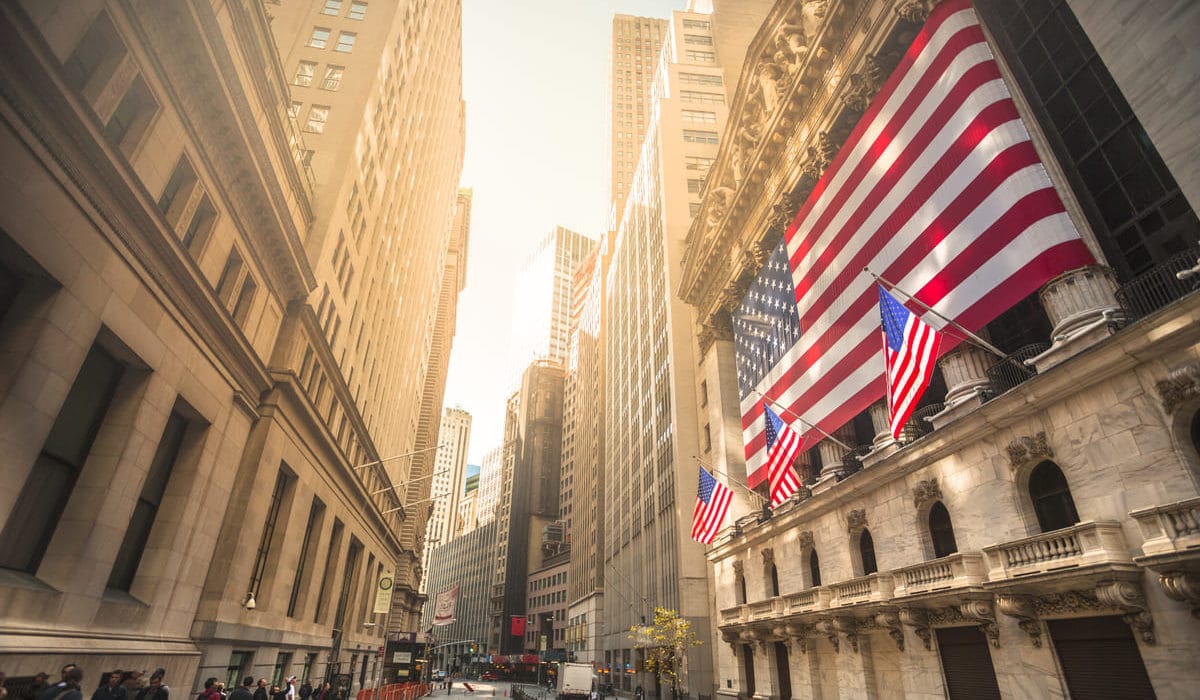Major Investors Eye New York Office Properties as Return-to-Office Trend Accelerates
In a significant shift for commercial real estate, heavyweight investors including Blackstone and affluent individuals are actively pursuing office properties in New York as companies implement return-to-office policies, igniting a nascent recovery in a market that has struggled for years.
This renewed interest in New York offices could portend a broader economic revival for major urban centers worldwide, with the five-day in-person work week returning and stimulating demand for local services. The development marks a dramatic turnaround after investors consistently avoided vacant commercial spaces in the post-pandemic years.
Industry professionals across real estate investment, consulting, and banking report increasing demand for premium office spaces in New York, leading to accelerated deal activity. Several indicators support this trend: Amazon is searching for additional space, BXP is engaged in discussions with potential tenants for a new development, and Blackstone has adopted a more optimistic stance toward the sector.
Blackstone President Jonathan Gray identified compelling value opportunities in New York City and San Francisco offices during a recent conference. “In New York, you have financial services firms who are growing rapidly, you don’t have any new building,” Gray stated. He noted that in San Francisco, values had plummeted by as much as 75% in some cases, while highlighting the region’s continued importance for AI and technology innovation.
Blackstone has strategically reduced its office exposure in recent years. Office properties now represent less than 2% of its real estate portfolio, compared to more than 60% in 2007, according to company data. Industry consultants report that investors completed more office transactions last year as lease terms improved and tenant activity increased.
Among these transactions, Blackstone is pursuing a substantial stake in the office building at 1345 Avenue of the Americas in Manhattan, though the company has not commented on these investment plans. “More deals of scale are definitely coming,” observed David Giancola, senior managing director of capital markets at JLL’s New York office.
Despite the positive momentum, challenges persist for older Class B and C buildings, particularly those with unfavorable locations or configurations that make them difficult to lease, according to Ran Eliasaf, founder and managing partner at real estate private equity firm Northwind Group.
Senior industry executives cite economic growth and lower interest rates as additional factors boosting office demand. “The world is moving back to work and back to in-person work, no question about it,” said Owen D. Thomas, chairman and CEO of Boston-based real estate investment trust BXP Inc. “Real estate is a financial asset driven by interest rates, so that’s helpful,” he added.
BXP is currently in discussions with four to five potential anchor tenants for a planned 46-story tower in Midtown Manhattan, Thomas revealed. This commercial project is situated near JPMorgan Chase’s new global headquarters, which will accommodate 14,000 employees and is scheduled for completion by year-end.
Billionaire Ken Griffin’s experience illustrates the growing space constraints. When he decided to consolidate offices for his hedge fund Citadel and market-maker Citadel Securities in midtown approximately three years ago, insufficient space led him to pursue new construction instead, anticipating the wave of five-day in-office mandates now filling buildings.
Griffin has partnered with Vornado Realty Trust and Rudin Management to develop a 62-story skyscraper at 350 Park Avenue with capacity for 6,000 people. Citadel and Citadel Securities will anchor the building, projected for completion by 2032. Griffin’s employees will relocate to temporary facilities next year to allow demolition of the current 30-floor structure built in 1960.
Market improvements are reflected in cap rates, a key metric investors use to evaluate property profitability and risk. After peaking at 6.99% in Q1 2024, this indicator fell to 5.77% by year-end, signaling enhanced returns for investors, according to research firm Trepp data.
Sales volumes for U.S. commercial properties increased by 9% in 2024 after declining by half in 2023, property consultants CBRE report. Occupancy has rebounded following sharp pandemic-related declines, analysts note.
Data from commercial real estate advisory firm Avison Young shows Manhattan office utilization reached 79.9% in January 2025, compared to 66.9% across offices in major and secondary U.S. cities relative to pre-pandemic levels.
New York’s commercial buildings benefit from diverse tenants across multiple industries, including finance, insurance, and technology, according to Doug Middleton, vice chairman with CBRE’s Investment Properties group. He notes that other cities typically depend more heavily on one or two industries.
Wealthy individual investors are renewing their interest in higher-quality Class-A offices, prompting financial institutions to increase deal financing. Nishi Somaiya, Goldman Sachs’ global head of private banking, lending and deposits, observed, “Our CRE loan portfolio in the private bank is growing, which tells you that there’s a lot of demand and confidence in opportunities within the sector.”
The trend extends beyond American shores. In Europe, surging demand for premium office space is driving rents to record levels in central London, fostering investor optimism despite overall office sale volumes remaining at multi-year lows.
“People got very excited post-COVID that this was the end of the office – it was never the end of the office,” concluded Hugh White, a London-based senior director at BNP Paribas Real Estate.
Source: Reuters





